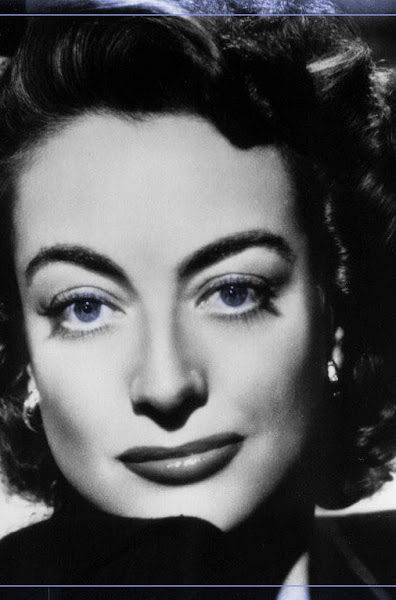 **** out of ****
**** out of ****
The notable first and only recipient of the Best Picture Academy Award after having been rated “X” by the MPAA, “Midnight Cowboy” is a cinematically brilliant watershed John Schlesinger film from 1969. While strongly character-driven and tackling the theme of loneliness, the film, as denoted by the title, has a significant narrative thrust toward the American Western, though set in New York City.
“Midnight Cowboy” tells the story of Joe Buck (Jon Voight), a naive, idealistic Texan who decides to give up the stagnant life he leads as a dishwasher to go to New York and become a gigolo, earning top dollars from rich women who might enjoy his services. There, his Western attire draws the snickers of many women, but one (Sylvia Miles) does take him up on his offer for sex. After Joe discovers she has no money on her and is offended by his request for payment, he meets Rico “Ratso” Rizzo (Dustin Hoffman), who offers to help set him up with someone who can take control of his work and help him make the heaps of money of which he dreams. When he discovers Ratso has conned him, he threatens to strangle him when he finds him again, but the two end up forging a friendship based on survival that leads them to the ends of desperation in order to endure the harsh conditions of the city that wants neither of them.
Jon Voight, in one of his first film roles, and Dustin Hoffman, in a departure from previous roles, are simply perfect as Joe and Ratso in “Midnight Cowboy.” Though he could have been hindered with his relative inexperience in acting, Voight plays Joe Buck brilliantly, all the way down to his big grin and gum-popping, all of which denote his “rootin’-tootin’” naivety. I personally think Dustin Hoffman gives one of his best performances in this film, nailing the nasally voice, squirrel-y demeanor, and physical inhibitions of Ratzo. (In addition, I was particularly amused when he drops his accent halfway through his speech on the street with the impending attack of the taxi, spurring the famous line, “Hey! I’m walkin’ here! I’m walkin’ here!”)
Instantly controversial upon its release in 1969, “Midnight Cowboy” permeates viewers with its frank sexuality (which led to that infamous, pre-pornographic “X” rating). Cinematic qualities usually interpret this sexuality, as the rapid editing and handheld camera of the initial sex scene between Joe and Cass marks a viscerally raw and passionate lovemaking that speeds up until the climactic jackpot on the television.
For that matter, cinematography and editing are top-notch in the film and whose occasional volatility becomes a means for conveying the aggression of some scenes, including the first sex scene between Joe and Cass and the scene where Joe violently attacks Towny for money. They also facilitate a discontinuous style that communicates the thoughts and memories of Joe when necessary.
Aside from stylistic elements, Waldo Salt’s screenplay and Schlesinger behind the camera sustain a clear vision for the film, as interpreted through their fascinating sociological interpretation of 1960s New York, with all of its decadence and moral confusion.
On the other hand, the film does seem to be a film of many different times. The many flashback (or flashforward, for that matter) sequences that transform time and space are the most significant examples. These either share Joe’s historical information or follow his thoughts as he imagines the way something will happen in a later time while an action continues in the present. With the popularity of these time discontinuities in the film and the fact that the film draws heavily on a time of the past while reflecting on the present and considering the future, it should hardly surprise viewers that time is so significant in the film.
Considering the importance of time, the film carries significance with its easily recognizable references to, and metaphorical representation of, the American Western. Joe Buck is clearly a product of the West, hailing from Texas and always wearing his garish cowboy gear. From his buckskin jacket, he is even like the hunter/gatherer hero type from the classic American Western. Interesting enough, the film initially presents Texas with the sounds of cowboys and Indians over a drive-in movie screen, but a dolly out shows that the sounds of that Texas does not or no longer exists. Texas is a desolate wasteland, hardly the “Garden of Eden” and “Virgin Land” usually presented by the classic American Western. By the same token, in the classic Western, the East is a restricting civilization whose people have used up its resources. In this way, Joe’s ambition to reach New York is surprising and wholly against the way of the classic Western, as a move to the Western frontier would present more opportunity for the American man with his own motives and desires. Thus, in moving against the direction of the classic Western paradise, Joe is literally doomed to failure from the outset.
Containing subtexts of the American West, the context of 60s New York society, and the universal theme of alienation, “Midnight Cowboy” continues to resound with viewers long after its initial release. Unabashed, poignant, and provocative, it therefore has lost little of its effect on viewers in the course of forty years and remains a definitive classic today.
“Midnight Cowboy” is playing as part of a series at the Belcourt Theatre on “Tramps and Vagabonds in Cinema.”
Originally published in the September 24 issue of Versus Magazine: Entertainment & Culture
September 24, 2008
Midnight Cowboy
Subscribe to:
Post Comments (Atom)

.jpg)

.jpg)
.jpg)

No comments:
Post a Comment